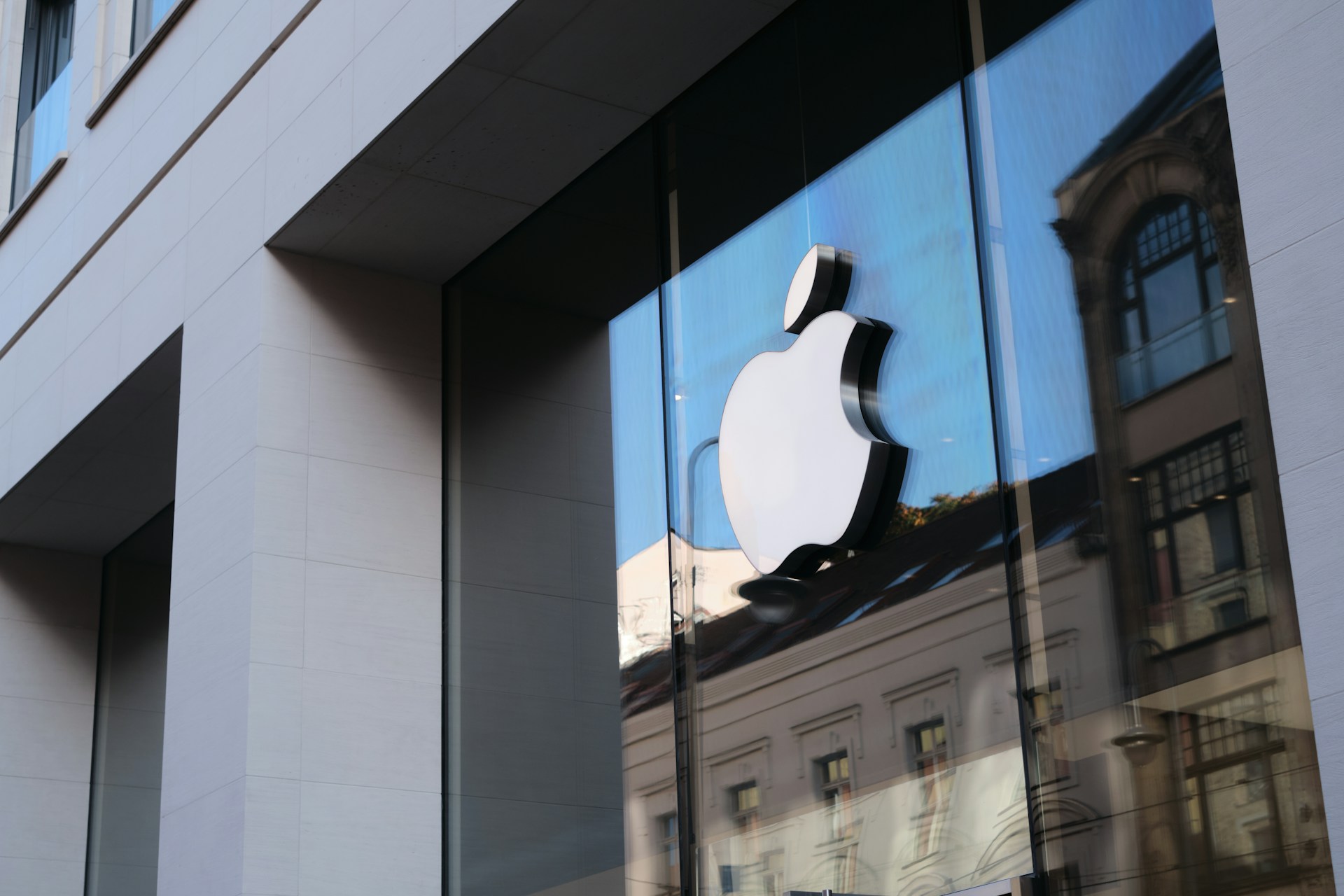Learn how Fortune 500 brands are using identity resolution in 2025












The electronics retail market is projected to reach approximately $1.44 trillion by 2030, yet most online stores struggle to capture even a fraction of this opportunity. These seven case studies reveal the exact strategies successful electronics retailers use to dominate their markets and achieve exceptional growth—from marketplace expansion delivering 10X revenue increases to personalization tactics driving 180% customer value improvements.
DJI transformed from a drone manufacturer into a global electronics powerhouse by mastering personalized customer experiences across 100+ countries. Using Emarsys's personalization and marketing automation capabilities, they achieved remarkable results.
DJI implemented:
The impact was immediate and substantial:
Key Lesson: Electronics retailers serving global markets must balance personalization with scalability. DJI proves that investing in customer data infrastructure pays massive dividends.
Gaming giant Razer faced a critical challenge managing multiple marketplace channels simultaneously. Their transformation offers crucial insights for electronics brands seeking marketplace expansion strategies.
Before optimization, Razer struggled with:
As their Senior Manager explained: "It was incredibly difficult to manage so many marketplaces at once".
Razer implemented comprehensive marketplace management:
Within one year, Razer achieved:
Key Lesson: Marketplace expansion requires proper technology infrastructure. Manual processes become bottlenecks that limit growth potential.
Fitbit faced declining user engagement until they revolutionized their approach through community building and personalization strategies.
Fitbit implemented:
The results validated their community-first approach:
Key Lesson: Electronics brands with lifestyle applications benefit enormously from community features that create habits beyond product usage.
Kyle Capel built Hand Held Legend into an estimated $2.76M annual revenue business by focusing on vintage gaming console modifications—proving niche specialization works in electronics retail.
This DTC marketing approach demonstrates how specialized electronics stores can compete against giants by serving passionate communities.
A major Netherlands electronics retailer transformed profitability through dynamic pricing optimization, showcasing the power of automation in ecommerce.
The retailer deployed:
Dynamic pricing delivered:
Key Lesson: Electronics retail margins are razor-thin. Automated pricing ensures competitiveness while protecting profitability.
Ring's journey from video doorbell startup to Amazon's billion-dollar acquisition reveals how electronics brands can leverage retail partnerships for growth.
Ring's Chief Revenue Officer explained their philosophy: "We always thought of just having that real estate in-store as a marketing investment".
Their strategy included:
This omnichannel approach demonstrates how conversion optimization strategies extend beyond digital channels.
Multiple electronics retailers have discovered that site speed impacts revenue directly. One notable case showed dramatic improvements through technical optimization.
Key improvements included:
Results from speed improvements:
Remember: Over half abandon mobile sites taking more than three seconds to load.
Successful electronics stores leverage:
Next-generation capabilities include:
Brand popularity increases conversions more than pricing adjustments—making brand-building technologies essential.
The electronics market shows clear patterns with younger demographics driving significant sales, requiring diverse acquisition channels:
Understanding industry standards helps set realistic goals:
Electronics retailers face unique challenges with expensive products, technical specifications, and comparison shopping behaviors. OpenSend's solutions address these challenges through advanced visitor identification and engagement tools proven across the electronics industry.
With average monthly visits reaching hundreds of thousands but conversion rates at just 2%, electronics stores lose 98% of potential customers. OpenSend changes this equation by identifying anonymous visitors—significantly higher than traditional methods.
OpenSend Connect captures high-intent visitors in real-time, perfect for electronics shoppers who research extensively before purchasing. The platform identifies visitors comparing products, reading specifications, and checking reviews—then enables targeted follow-up before they buy elsewhere.
OpenSend Reconnect unifies customer identities across devices, crucial for electronics buyers who research on mobile but purchase on desktop. This cross-device tracking ensures consistent messaging throughout the customer journey.
OpenSend Personas uses AI to segment visitors based on browsing behavior—distinguishing gamers from home theater enthusiasts or professional photographers—enabling hyper-targeted campaigns that resonate.
OpenSend clients see exceptional returns across retail sectors. The platform's email retargeting capabilities are particularly effective for high-consideration electronics purchases.
Integration takes minutes with Shopify, WooCommerce, and major email platforms. The pricing structure scales with your business, making it accessible for growing electronics stores.
Successful electronics stores combine strong technical content, competitive pricing, fast shipping, and excellent customer support. Key factors include mobile optimization, detailed product specifications, user reviews, and multi-channel presence. The most successful stores achieve this while maintaining healthy profit margins through automation.
Starting costs vary but typically include Shopify subscription (Basic $39, Shopify $105, Advanced $399 monthly; lower with annual billing at $29/$79/$299), theme ($0-350), apps ($50-200/month), inventory, and marketing budget. Successful stores like Hand Held Legend started small and scaled to millions annually, proving you don't need massive capital to begin.
Sharper Image and Brookstone pioneered the unique gadget store model, focusing on innovative products not found elsewhere. Success comes from product curation, demonstration capabilities, and gift-oriented marketing. Modern equivalents leverage marketplace expansion strategies to reach wider audiences.
Electronics typically see 5-25% margins depending on category. Accessories and cables offer higher margins (40-60%) while computers and TVs are lower (5-10%). Successful stores improve margins through private labeling, bundling, extended warranties, and dynamic pricing optimization.
Dropshipping works for testing markets and starting with limited capital. However, quality control, shipping times, and customer service become challenges. Successful dropshippers eventually transition to holding inventory for bestsellers while maintaining dropship relationships for long-tail products.







